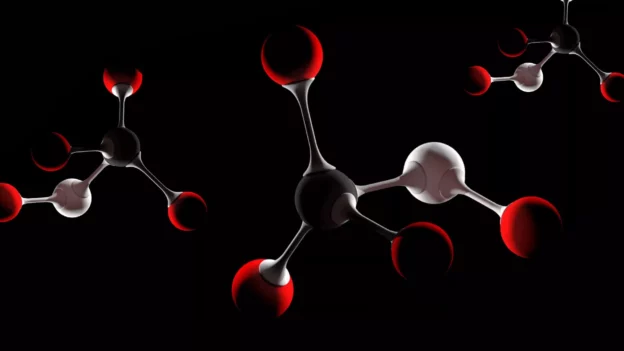A team at the University of Michigan has significantly advanced the technology of converting CO2 to methanol , creating a catalyst that facilitates the production of a renewable fuel. Using cobalt phthalocyanine, this catalyst material transforms carbon dioxide , a prominent contributor to climate change, into methanol.
From CO2 to methanol: innovation in clean energy
Initially, the researchers explained that the process begins by converting CO 2 into carbon monoxide (CO), followed by the transformation to methanol. This two-stage process could offer a new route for producing clean energy while reducing greenhouse gas emissions. The possibility of chemically converting CO 2 into useful fuels, such as methanol, has been a goal long pursued by scientists around the world.
Although the conversion of CO2 to methanol is not new to the industry, large-scale electrochemical methods have represented a considerable challenge. According to Kevin Rivera-Cruz, co-lead author of the study and recent PhD in chemistry from UM , his team is unique in its ability to integrate multidisciplinary knowledge to optimize the design and operation of the catalyst system.
Advances and challenges in the transformation
The catalyst’s operation is based on its ability to act as a molecular ” hook “, where the geometric configuration of the cobalt is key to determining how effectively the gas molecules bind. A crucial finding was that cobalt phthalocyanine has a three-fold higher affinity for CO 2 than for CO, posing challenges for efficient conversion to methanol. To address this problem, researchers are working on redesigning the catalyst to improve its interaction with CO and reduce its affinity for CO 2 .
Resolving this dilemma could mark a milestone in using catalysts to efficiently convert CO2 to methanol on a large scale. In addition to Rivera-Cruz, the study included collaboration with UM’s Libo Yao, Paul Zimmerman, Nirala Singh and Charles McCrory.
Definitely, the search for solutions to climate change often leads to innovation in unexpected fields. This development could inspire other researchers to explore new molecular geometries and materials in the fight against climate change, possibly opening the door to future advances in carbon capture and utilization technology.
Follow us on social networks and don’t miss any of our publications!
Inspenet.com YouTube LinkedIn Facebook Instagram X
Source: news.umich.edu
Photo: Shutterstock

